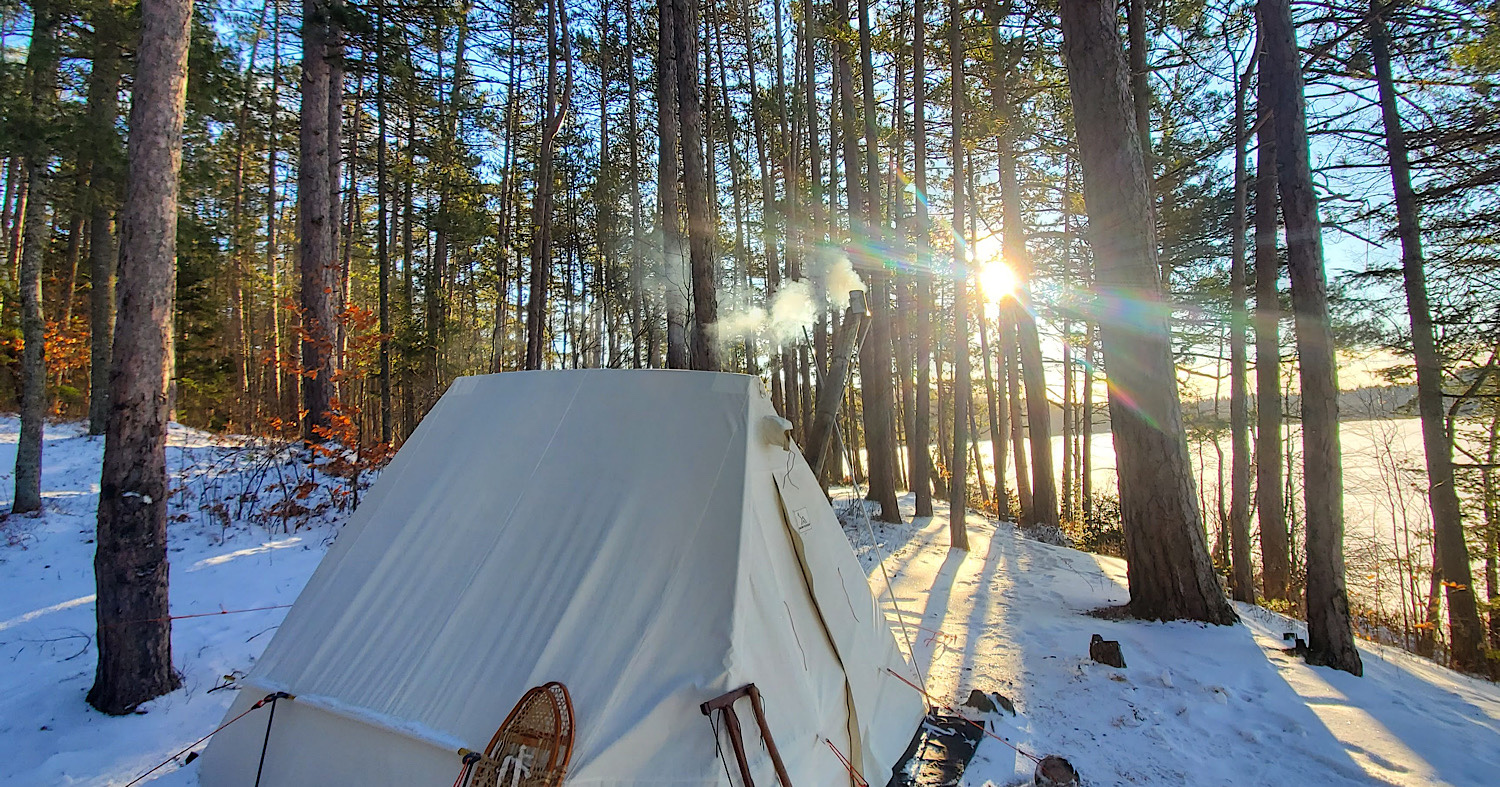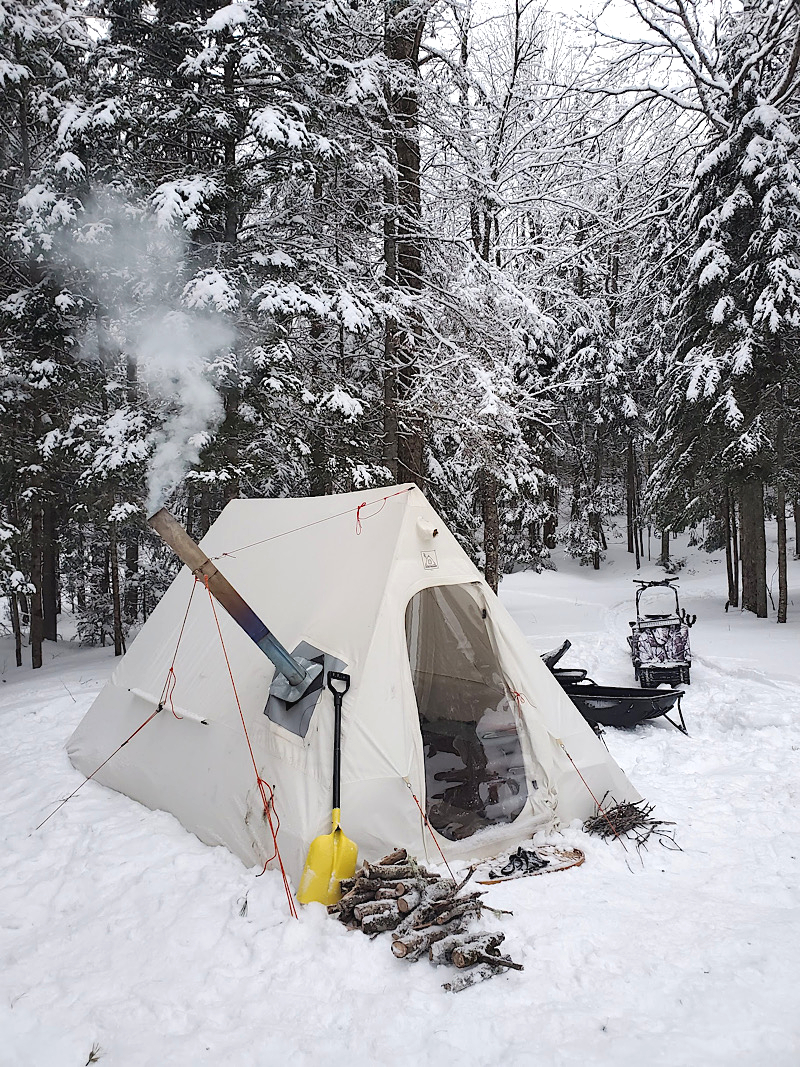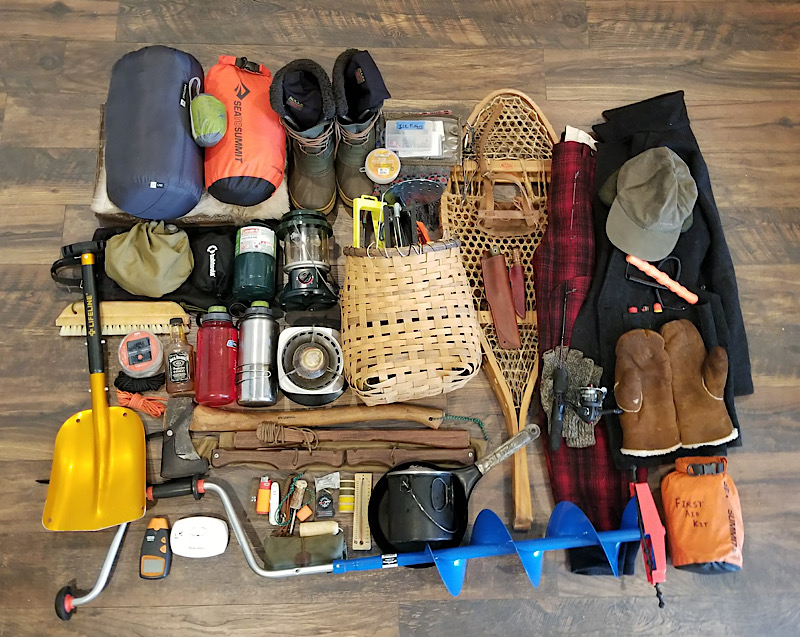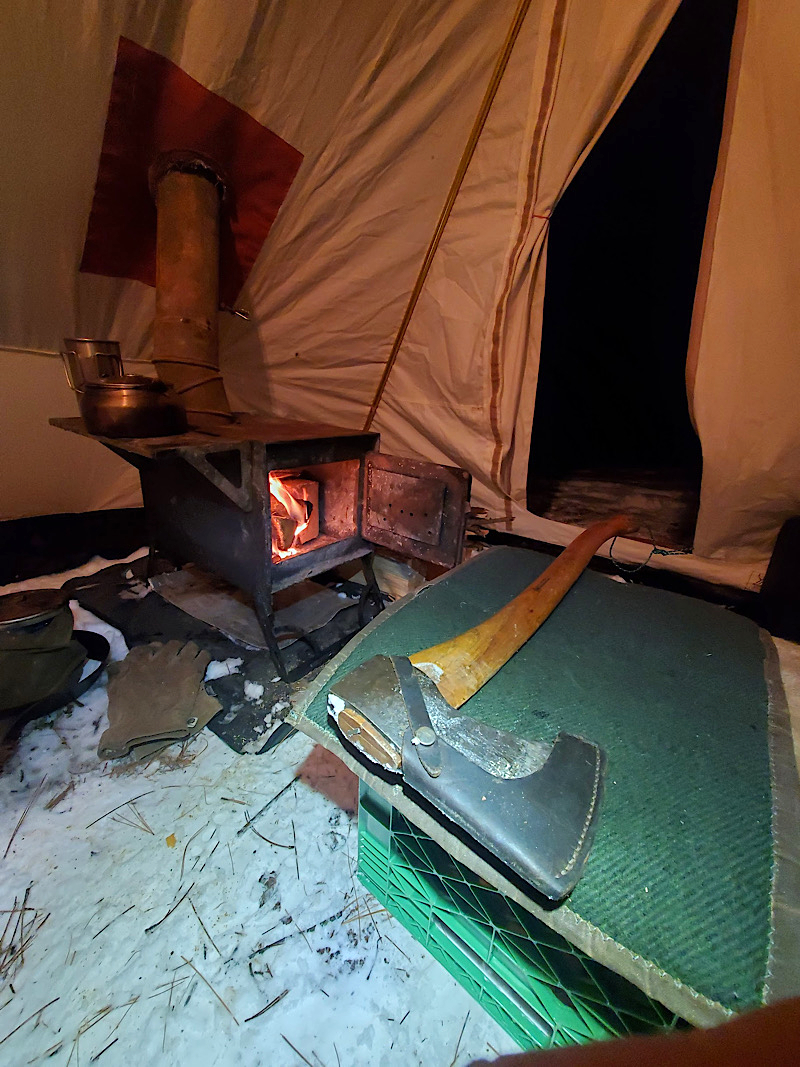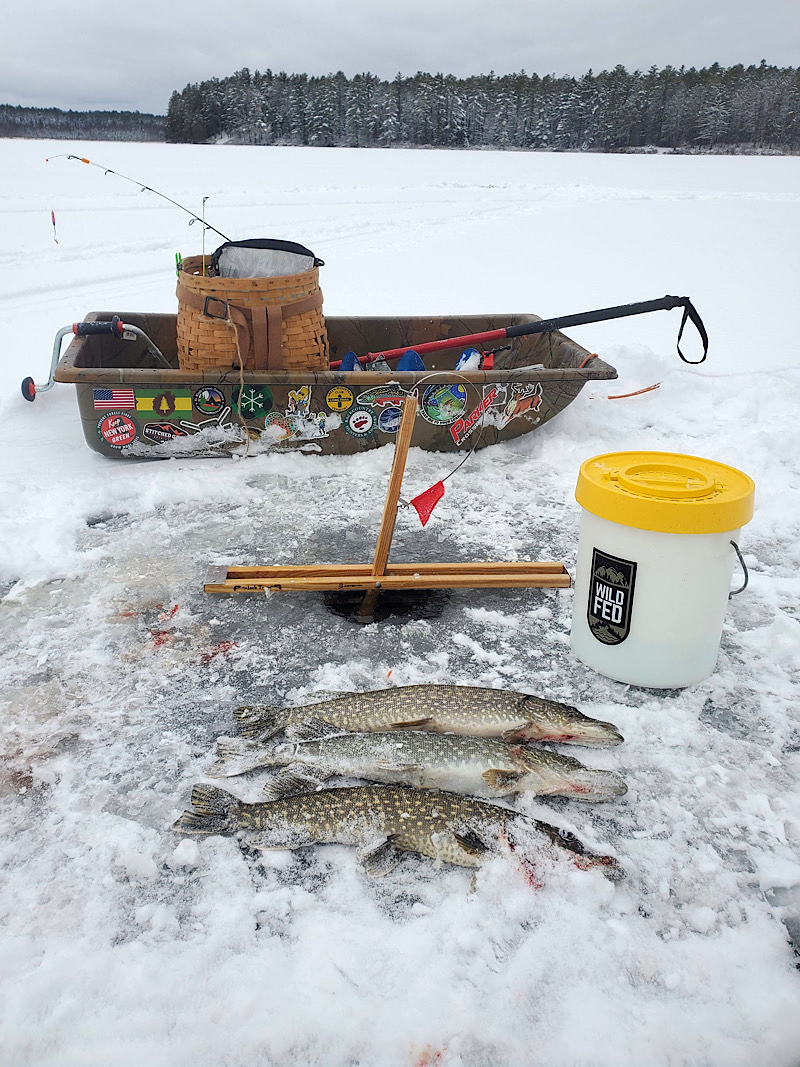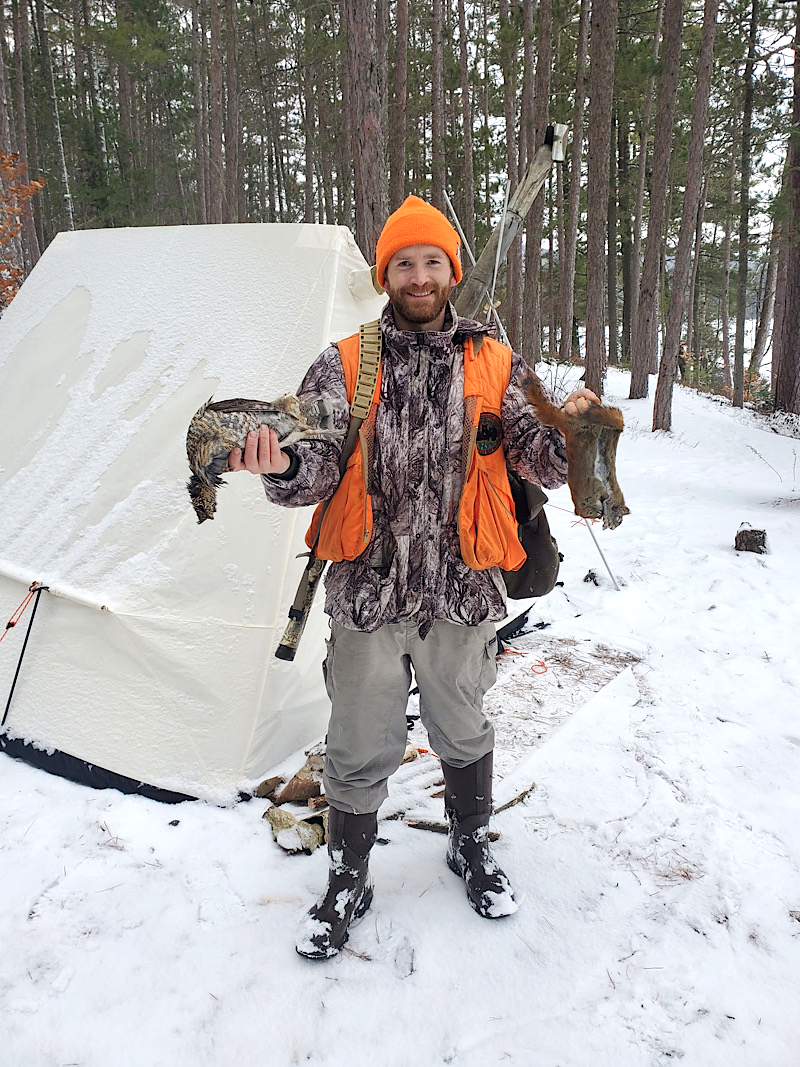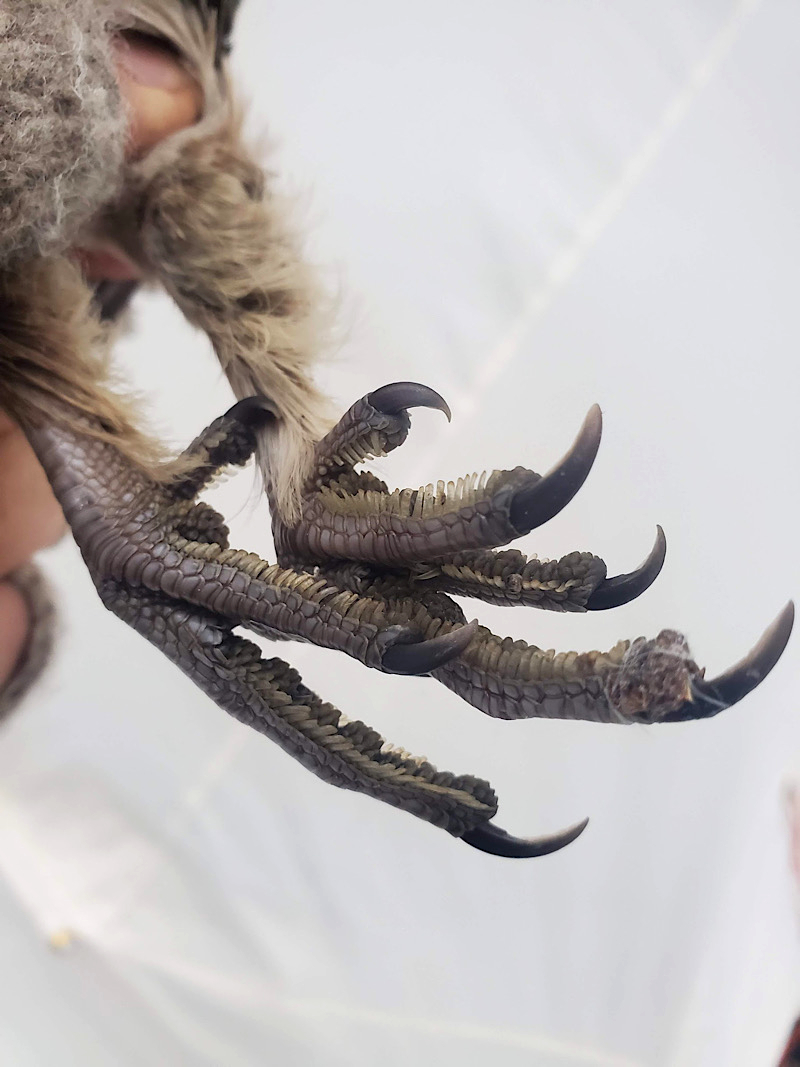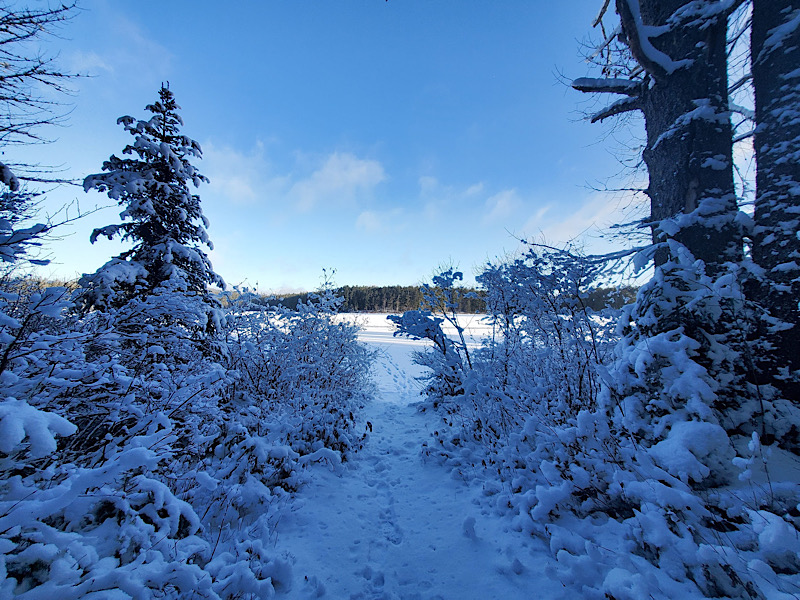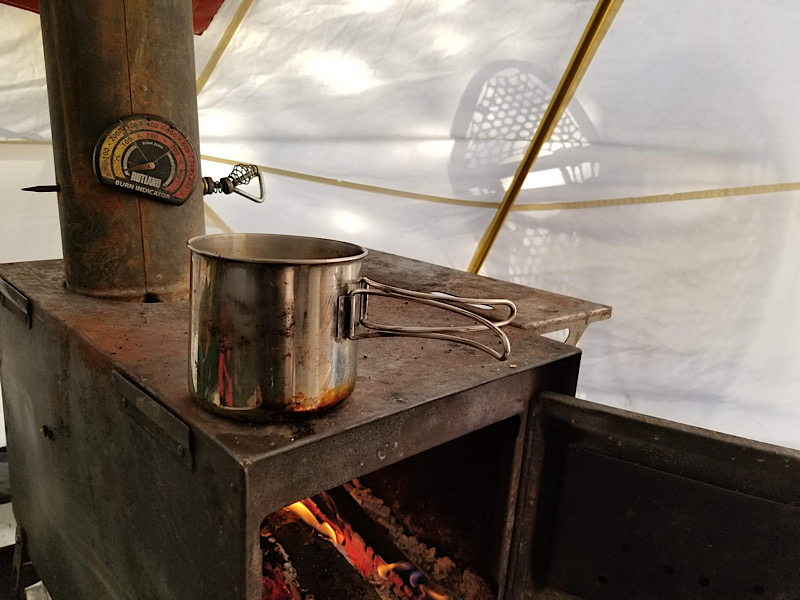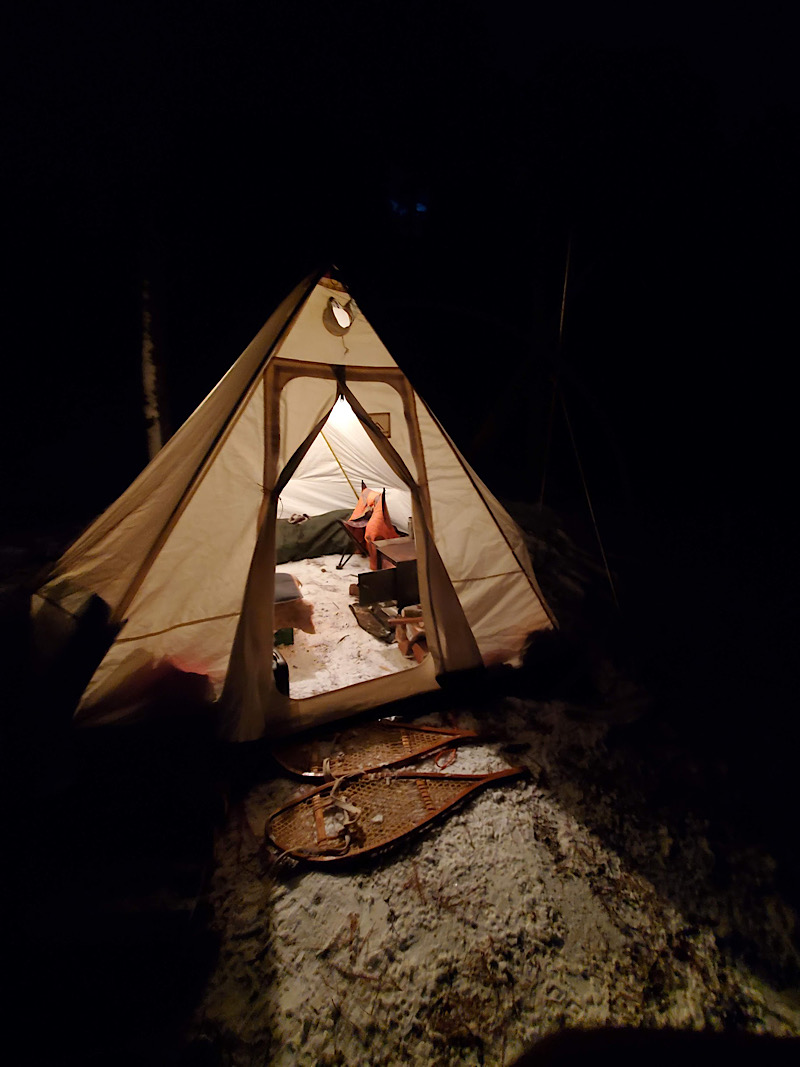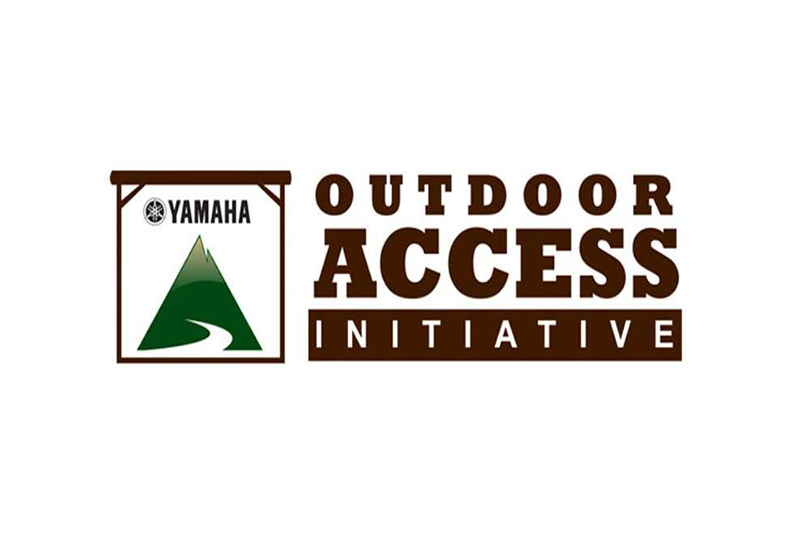Winter Camping, Ice Fishing, and Hunting in the Adirondacks of New York
Self-guided outdoor recreation is my obsession. Finding solitude and serenity no matter the season. The winter landscape offers that in spades while also providing a full dose of ice, snow and subfreezing temperatures often made more challenging by winds whipping through the naked woods.
Now, I don’t claim to rough it. My gear list is packed to match the written word and if that gear is used with a bit of skill and luck it’s sure to create an experience with fish and small game sizzling on the wood stove each night. The tent is made of fire-retardant cotton canvas and inside is a stove that easily fits lengths of firewood with room to breathe. I pack a full-size ax and a bucksaw, and use my empty sled to gather up some dead and dry hardwood away from camp. The stove runs at dawn and dusk and gets dampered down tight for the night. On some trips, all the gear gets pulled in on a sled with manpower, and on others we use a 13hp Snowdog Machine.
I wake early to stoke the fire and get the coffee pot simmering. Opting to fill a thermos and drill my holes in the ice before the coffee cools enough to sip. By augering a series of holes through a solid clear six inches of ice, I’ve maintained my warmth and worked to limit the disturbance of sensitive fish throughout the day. Tip-up traps are baited with shiners and set to target Northern Pike a few feet off the bottom. When a fish takes the bait a flag will pop high above signaling the reel has spun. I gently lift the trap and quickly apply tension to the fishing line to set the circle hook in order to playfully handline the fish above the ice. It’s a game of give and take, you can’t hurry pike, and they don’t come easy. I don’t want the line to get cut on their multiple rows of teeth or the edge of the ice and if I loosen the tension too much they could spit the hook and give me the fin. We were lucky to catch a few for dinner and went to work using the back of the gear sled as a cutting board. We filleted the pike being careful to separate the pinkish-white meat from the many bones. The fillets were then dipped in flour, egg wash, and bread crumbs to be fried that evening in my cold handle pan on the woodstove.
The next morning my trip partner, Fisher, who runs Learn to Hunt NYC, and I woke early to catch the dawning light and crepuscular movement of wildlife on the public land we were visiting. Grouse tend to move away from their cover and actively forage for food at this time of the day. Waking early paid off, Fisher harvested a grouse he caught feeding at the base of an evergreen tree among some thick ferns. The grouses crop later revealing a tightly bound wad of tender leaf tips of wood fern. We continued to still hunt and managed a few red squirrels with the chosen #6 shot for the mixed legal game species that inhabited the forest. Snowshoe hare tracks had been found but they remained elusive.
We enjoyed eating the wild game that evening in camp but also took time to appreciate the complexity of the physical characteristics that help these animals survive. The ruffed grouse grows fleshy pectinations on the sides of their toes for the winter. These comb-like projections increase the surface area of the foot and work like snowshoes, they allow the bird to walk across the snow with less effort and also give the grouse a better grip on an icy branch where it might perch while feeding.
The grouse like many forest creatures can also opt for the subnivean zone, living under the snow layers that provide insulation and protection from predators above. The grouse will use the insulating properties of snow to stay warm when roosting. They dive into soft, deep snow and settle in as air pockets in snow hold heat and provide insulation value. Even if the surface temperature is subzero, below the snow, temperatures can remain above freezing.
We continued to fish and explore the surrounding forest of pine, hemlock, birch, and beech and harvested some more wild game for camp meals. With about equal day and night length, we had plenty of time to relax in the tent each evening while tending the fire, listening to the owls hoot and coyotes howl, and finally falling asleep overcome with drowsiness to start over again the following day.
OutdoorX4 Magazine – Promoting responsible vehicle-based adventure travel and outdoors adventure


